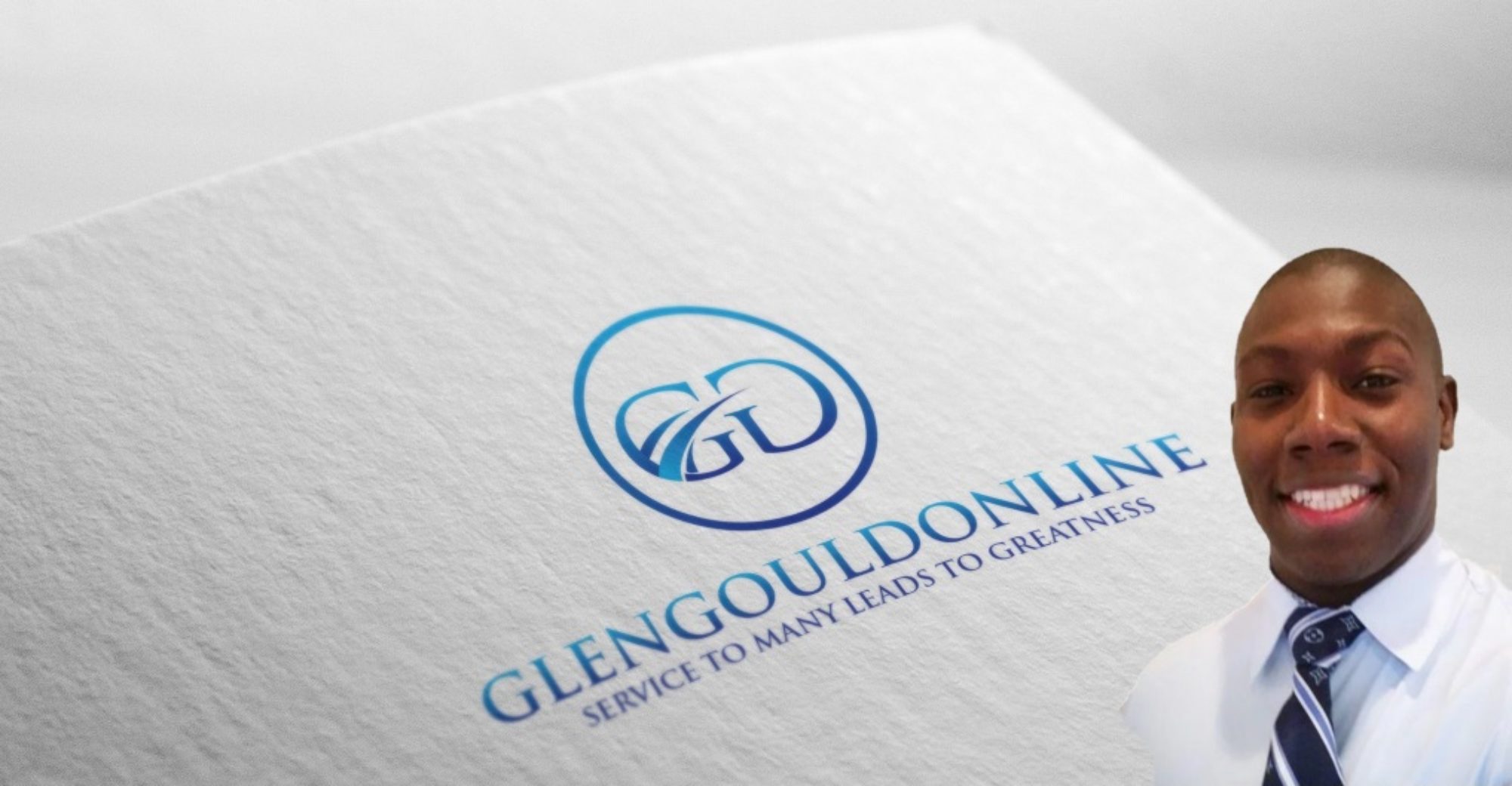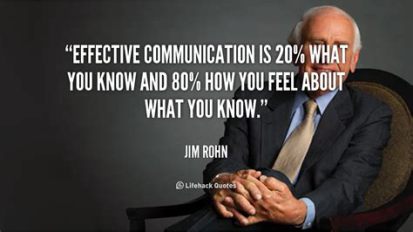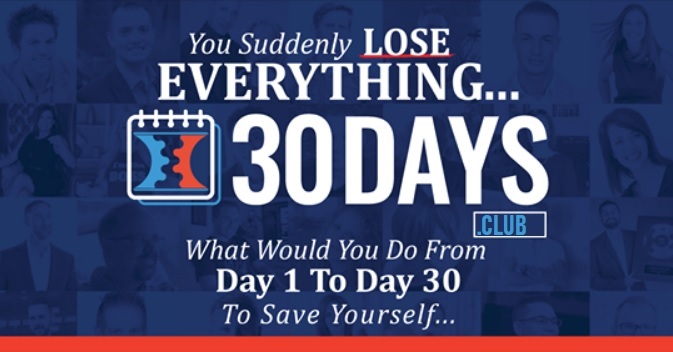Apple has their own signature going with the classic “Designed by Apple in California.” engraved on the back of every single one of their products.
Think about how you can do something similar with your products.
#3 Strong Supply Chain
In 2011, statistics show that Apple performed much better than HP, Blackberry, Motorola and some other companies in respect to inventory management. A research firm, Gartner, also ranked Apple’s Supply Chain as the best in the world due to their ability to scale so quickly to meet demand.
Much of the hype around Apple’s #1 ranked supply chain has been attributed to CEO Tim Cook, who is considered a “supply chain specialist.”
In addition to Apple’s strong relationships with their suppliers, Apple also uses advanced inventory tracking mechanisms, which allows them to be flexible during times when they need to increase output during peak demand.
Furthermore, it’s no secret that most of their manufacturing has been outsourced to China. This strategy has been instrumental in their outstanding production rate and large profits—something that wouldn’t be possible at the same rate if they used US-based factories.
Fun Fact: Apple turns over their inventory every 5 days! Yes 5 DAYS!
For an electronics consumer company, this is an incredible feat. The only company to beat Apple in this turnover rate is McDonalds, which turns over inventory every 2.5 days.
How do they do it?
Once again, fingers point the “operational genius,” Tim Cook. When Cook took over in 1998 he streamline Apple’s entire supply chain by cutting excess costs and sitting inventory. He also shut down 10 of the company’s 19 warehouses to restrict overstocking. This resulted in bringing the turnover rate down from one month to 5 days.
As an e-commerce seller, think about how you can learn from what Apple has done on a massive scale.
Have you ever calculated your turnover rate?
Are you carrying too much inventory?
Is your supply chain optimized for different times of year?
You should be calculating this stuff and figuring out where you can make improvements. If you’re sitting on 6 months of inventory just because you don’t like placing a lot of orders, you’re leaving money on the table, plain and simple. All of that tied up cash could go towards launching new products and increasing your bottom line.
Any physical components for your product should be sourced from the highest quality suppliers who you can build long-term relationships with. Like Apple, this will help you when you need to push them for a large order and a quick turnaround time. They will be more likely to you favors if you have established a solid relationship.
After you’ve nailed down each part of this process you should have a well-oiled machine that takes inputs like ideas, information, money, and creates outputs like your hot selling private label products and large profits!
#4 Hiring Results
While other companies are busy hiring and training “professionals” in a field, Apple is interested in an individual that can deliver. Thus, most of the Apple’s employees are insanely good at what they do.
As a company, your ability to deliver top-notch services is connected to the skills of your employees. Employing a highly skilled and passionate person will push your business to the top. Spend time in the hiring process to learn what makes people tick and decide if they fit your long-term goals of your business.
#5 Don’t Waste Money
Every year, Apple spends billions on research and development (R&D) to improve their product and launch new products. However, this money is spent so efficiently that Apple still produces more revenue than any other tech company while spending less on R&D.
Just a few examples here will demonstrate this point:
- Amazon 2017 R&D Spend: $16.1 billion; 2017 Revenue: $178 billion
- Google 2017 R&D Spend: $13.9 billion; 2017 Revenue: $110 billion
- Samsung 2017 R&D Spend: $12.7 billion; 2017 Revenue: $222 billion
To contrast, in 2017 Apple spent $10 billion on R&D while generating $228 billion in revenue, clearly outselling each of the above competitors.
What’s crazier, as of July 31st, 2018 Apple had 243.7 billion in cash on hand! Yes, you read that correctly. That is an INSANE amount of cash to just be sitting there. But it’s not all for nothing.
Apple knows when to use their resources for the right projects and it has suited them well so far. They don’t spend cash on unnecessary or low ROI projects. They focus their efforts and spend where it matters.
If your own business is growing at a nice rate and you’re making more cash than ever before, keep this story in mind.
Don’t just assume you can start throwing cash at every product that comes to thought. With great upswings will come downswings and you need to have that cushion to protect your business during a rainy day (or year).
When the time is right, focus your efforts and spend your cash in the most efficient way possible that will help grow your business and give you a positive ROI.
#6 Charge More
The first generation iPhone was released at a price of $499 in 2007.
A decade later and the newly released iPhone Xs is going for $999—double the price.
Sure you can account for inflation but inflation surely hasn’t doubled in a decade. Apple is charging more and more for their products, because they can.
They are able to do this for a few reasons:
- Perceived Value – Apple products are perceived to be the highest quality phones on the market, with excellent cameras, apps, and a variety of slick features.
- Image – Due to great marketing over the years, Apple has positioned themselves as the “cool” brand that other “cool” people want to buy.
- Integrated Ecosystem – Apple produces a variety of technology products that all interact with one another. If you already own a Macbook, it makes it that much easier to just buy an iPhone because you can sync contacts, calendar, music, and so much more.
All of these factors allow Apple to charge more for their goods and it reinforces their products as being viewed as “luxurious” as described above.
Once again, you too can do this with your own products. Building a strong brand image and cohesive design around all of your products is a solid strategy for charging more for the same goods.
Many people use price as a proxy for quality so try to build your products in a way that allows you to fulfill that perception. Your customers will be happy that they are getting something that is of higher quality and you will be happy because you can charge a higher price and enjoy larger profits.
Apple has shown time and time again that they are the dominant technology company of the world. With billions in annual profits, it’s no secret that they execute and execute well.
You too can implement the secrets above in your business with a little diligence, time and consistency. Don’t be surprised when you see a jump in your profits in the long run.
Hope these tips help!
How can YOU be the Apple of your category/niche?
If your brand has traction, take the time to think this through and think about how you can reinvent your brand.
Most of us build our first Amazon brands with little thought, we just want to get to market quickly. But once it’s all validated and profitable – it’s worth revisiting things.










